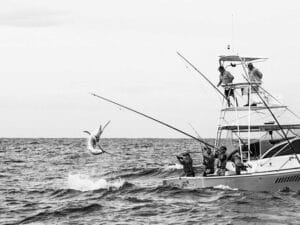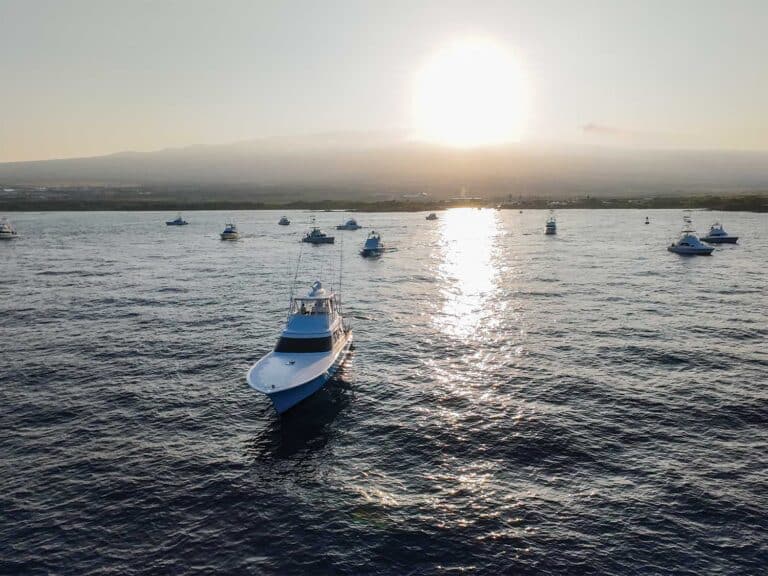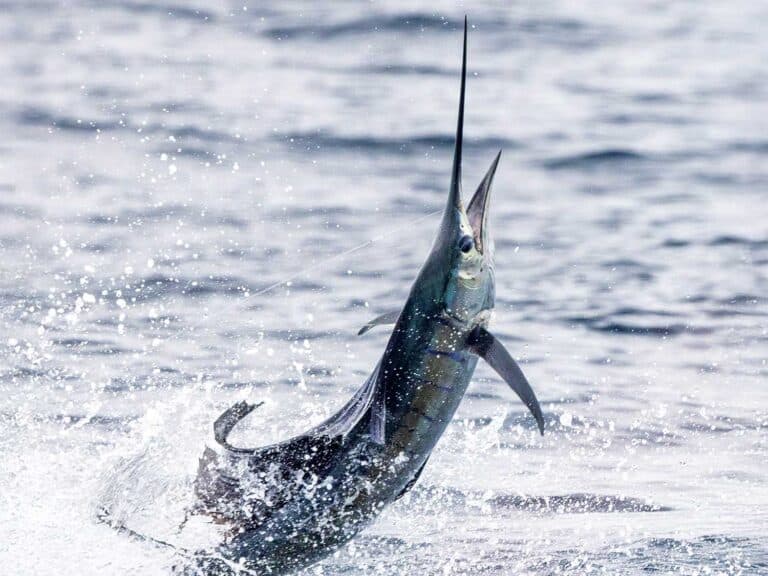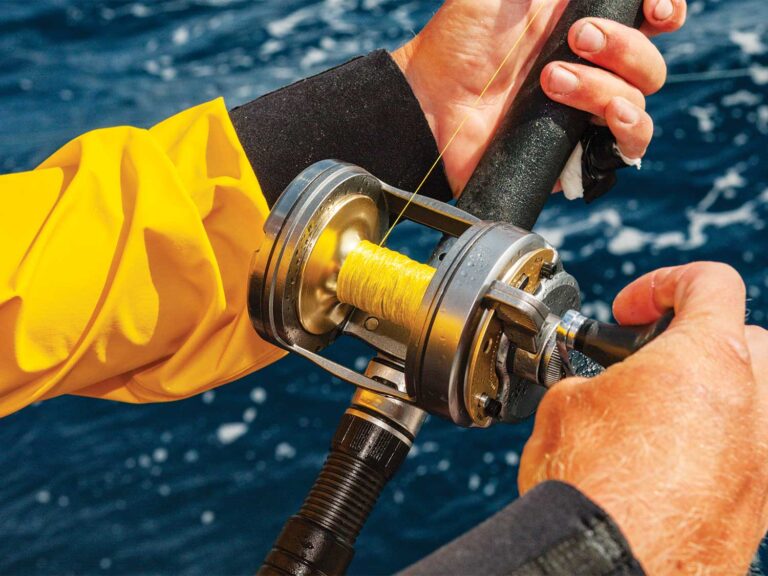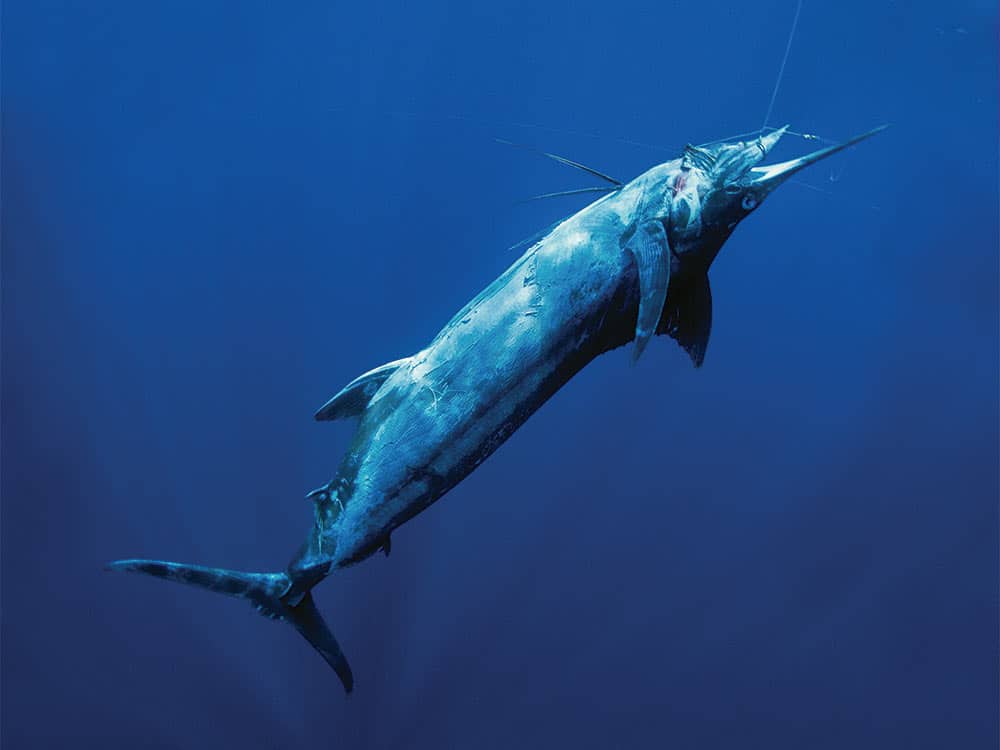
A collection of papers from the sixth International Billfish Symposium that was held at the International Game Fish Association headquarters was published in the International Council for the Exploration of the Sea’s Journal of Marine Science in April 2018. Of those papers, one authored by Rishi Sharma and his colleagues gave a very interesting analysis of the factors that drive the decline and rebuilding of billfish stocks in the Atlantic and Indian oceans.
Globally, most billfish mortality comes from longline gear in the form of unintended bycatch. As unfortunate as that is, industrial longline fisheries provide the most comprehensive data set available to scientists and managers, and have been measured consistently for the past 60 years. The authors compared the number of longline hooks deployed in each ocean over time with billfish stock status (overfishing occurring versus no overfishing). From this, they were able to determine a threshold level based on the number of hooks deployed when a stock began experiencing overfishing for three consecutive years and the time that the threshold was exceeded.
According to the authors, the longline effort peaked between 1999 and 2001 in both oceans and has declined since 2006 and 2008 for the Indian and Atlantic oceans, respectively. Currently, the effort is as much as 445 million hooks in the Indian Ocean and 395 million in the Atlantic. Threshold levels, meaning three consecutive years of overfishing, were exceeded first in the Atlantic, with white marlin, as early as 1964, with 75 million longline hooks, where they experienced overfishing for some 30 years. Overall, the number of years of overfishing for billfish stocks in the Atlantic has ranged from as little as 10 years for western Atlantic sailfish that started in 1998 at 292 million hooks to as long as 38 years for eastern Atlantic sailfish starting in 1975 at 175 million hooks. Blue marlin have been experiencing overfishing for 23 years — starting in 1990 with 300 million hooks — and overfishing is still occurring today.
In the Indian Ocean, overfishing in billfish stocks took place later and is not as severe as in the Atlantic. Striped marlin were overfished the longest at 24 years, starting in 1986, with a threshold effort level of 254 million hooks. Overfishing ranged from as little as one year for sailfish at 397 million hooks to as much as 24 years for striped marlin. The authors also reported that much of the difference between the Atlantic and Indian oceans’ numbers might be attributed to piracy off East Africa, which led to a decline in longline efforts after 2006.
The study contains a lot of other really interesting information that would take far more space to discuss than what I’m allotted here. However, the take-home message is that worldwide longline efforts continue to be too high to sustain marlin and sailfish stocks, with many of these stocks currently experiencing overfishing and/or currently in an overfished state.
Swordfish appear to be the exception in both oceans. This could be explained by the fact that they might be the fastest-growing billfish species and have a much broader distribution due to physiological adaptations that allow them to inhabit colder, temperate waters where there is less longlining effort. Additionally, because swordfish typically have a higher commercial value, management bodies like ICCAT and IOTC have more stringent regulations in place for them than for marlin and sailfish. Catch-control measures, such as total allowable catch and quotas, are also less effective for marlin and sailfish because of their high incidence of bycatch in longlines that target tuna. As such, other measures, such as adopting alternative gear like circle hooks instead of J hooks, might be more effective for reducing mortality in longline fisheries that experience high billfish bycatch.

